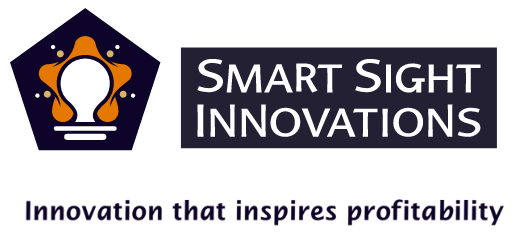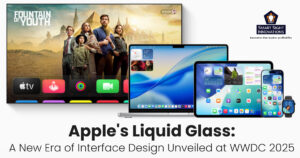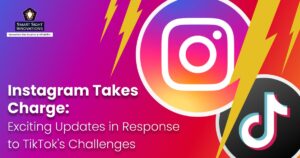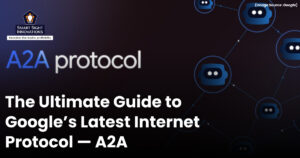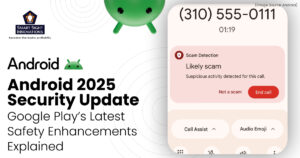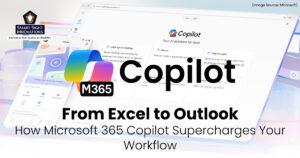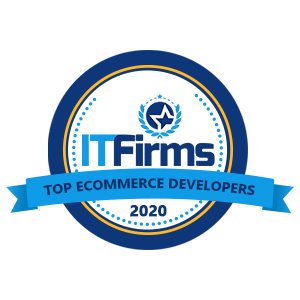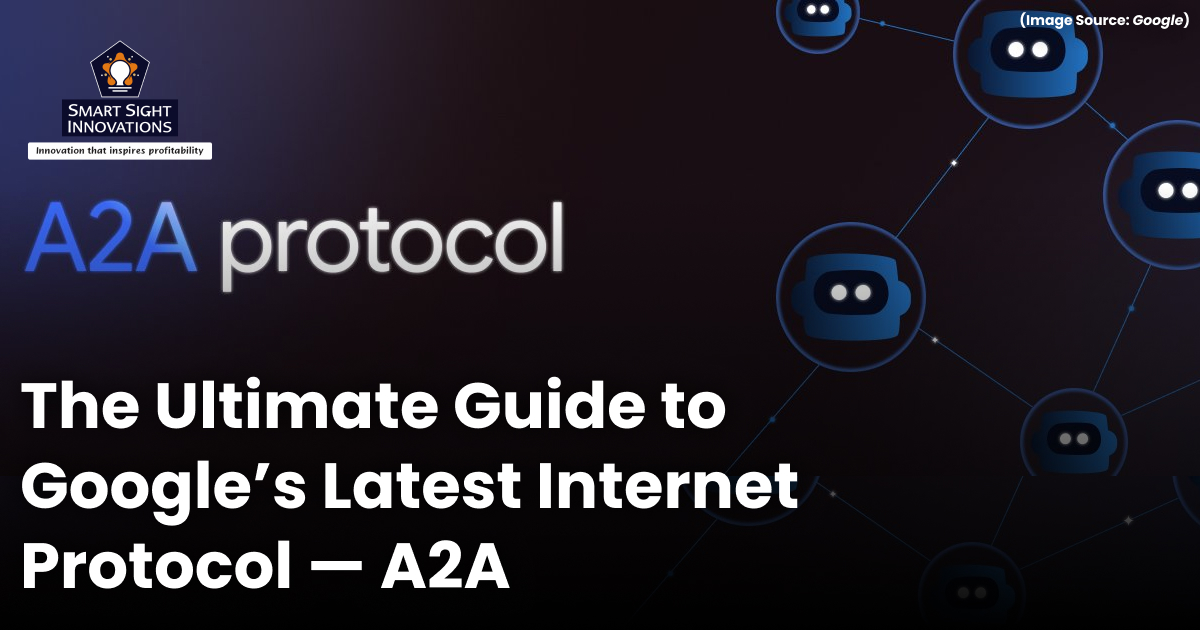
(Image Source: Google)
The rapid evolution of AI has led to the proliferation of AI agents-autonomous software entities designed to perform specific tasks or workflows across diverse platforms and frameworks. Traditionally, these agents have operated in silos, each built using proprietary protocols and technologies, which made seamless collaboration and integration across systems a significant challenge for enterprises and developers alike.
As businesses increasingly rely on multiple AI agents to automate complex workflows, the lack of interoperability has resulted in duplicated efforts, increased costs, and limited automation potential.
Recognizing these challenges, Google introduced the Agent2Agent (A2A) protocol, an open-source standard designed to unify communication between AI agents, regardless of their underlying framework or vendor. The A2A protocol establishes a universal “language” that enables agents to discover each other, share capabilities, and coordinate actions in real time, eliminating the need for custom integrations or manual handoffs.
This approach is inspired by a broader industry movement toward open, collaborative AI ecosystems, as seen in complementary protocols like Anthropic’s Model Context Protocol (MCP), which standardizes remote tool calling and data access for large language models.
A2A’s development is backed by more than 50 leading technology partners, including Salesforce, SAP, ServiceNow, and MongoDB, highlighting its potential for widespread industry adoption. Built on familiar web technologies such as HTTP and JSON, A2A is both enterprise-focused and community-driven, with Google inviting developers and organizations to contribute to its ongoing evolution.
By providing a standardized, secure, and scalable way for agents to interact, A2A aims to unlock new levels of automation, efficiency, and innovation-positioning itself as a foundational protocol for the future of multi-agent AI collaboration.
Features of Google’s A2A Protocol
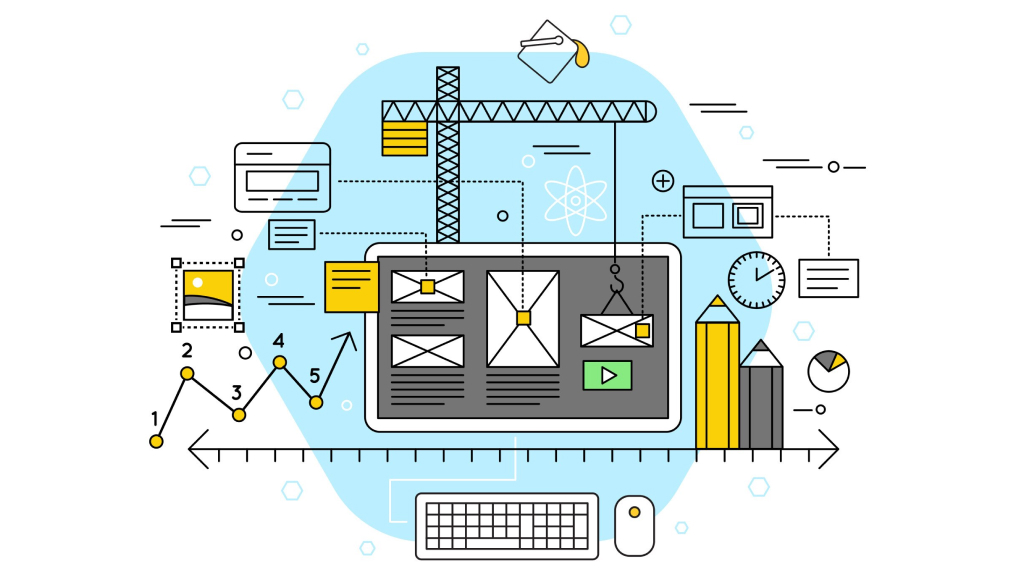
The A2A protocol developed by Google answers the urgent requirement for standardized agent communication in contemporary businesses. Some of A2A’s core features are:
1. Universal Agent Interoperability
A2A is designed to solve the current lack of interoperability between AI agents built on different frameworks or by different vendors. It provides a standardized, open protocol that acts as a “universal translator,” enabling agents to communicate, collaborate, and share capabilities regardless of their origin.
2. Technical Architecture and Security
- Standardized Communication
Uses HTTP as the transport layer and JSON-RPC 2.0 for message formatting, making it easy to integrate with existing enterprise systems.
- Agent Card Metadata
Each agent publishes an Agent Card at a well-known endpoint, detailing its capabilities, endpoint URL, authentication requirements, and protocol compatibility.
- Secure Collaboration
Supports enterprise-grade authentication (OAuth, API keys, etc.) and role-based access control, ensuring only authorized agents participate in workflows.
3. Open, Community-Driven Standard
A2A is open-source and shaped by feedback from over 50 technology partners, ensuring broad industry adoption and continuous improvement. Google encourages contributions from the developer community, with ongoing updates and sample implementations available.
4. Seamless Integration with Other Standards
A2A is designed to work alongside protocols like MCP, allowing agents to connect with tools, APIs, and resources using structured inputs and outputs, further expanding its interoperability.
How A2A Facilitate Communication Between a Client Agent and a Remote Agent
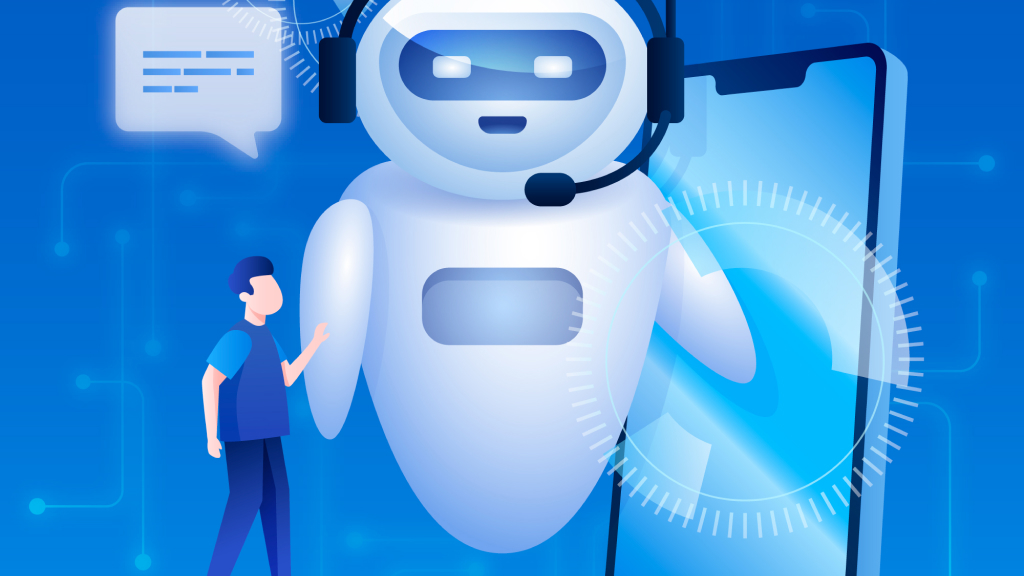
Google’s A2A protocol facilitates communication between a client agent (task initiator) and a remote agent (task executor) through a standardized, secure process:
1. Capability Discovery via Agent Cards
Capability discovery in A2A is achieved through the use of Agent Cards, which are machine-readable JSON files published by remote agents at a standardized location (typically /.well-known/agent.json). These Agent Cards provide detailed information about the remote agent’s skills, available endpoints, and authentication requirements.
By accessing and reading this metadata, client agents can automatically identify and select the most appropriate remote agents for specific tasks, eliminating the need for manual configuration or intervention. This streamlined approach ensures seamless interoperability and efficient task delegation across diverse agent ecosystems.
2. Task Initiation
The client agent sends a structured request to the remote agent’s A2A server endpoint, including a unique Task ID and an initial message describing the task. As the task progresses, it moves through various states such as submitted, working, input-required, completed, failed, or canceled. This state management ensures both transparency and coordination between agents, allowing each party to track the task’s progress and respond appropriately at every stage of the workflow.
3. Structured Message Exchange
This step ensures compatibility with a wide range of existing systems and technologies. The messages exchanged between agents can include multimodal parts, such as text, files, and structured JSON, as well as artifacts like generated files or data outputs. This flexible and comprehensive messaging format enables rich collaboration, allowing agents to share complex information and results seamlessly within their workflows.
4. Real-Time Updates and Asynchronous Workflows
A2A enables remote agents to provide real-time updates by streaming status changes or artifacts through Server-Sent Events (SSE) or by sending push notifications to designated webhooks. This approach keeps the client agent continuously informed about the progress of the task without requiring constant polling. Additionally, clients can send follow-up messages-such as providing additional input when prompted-using the same Task ID, ensuring seamless communication and coordination throughout the entire task lifecycle.
5. Security and Enterprise Readiness
Security and enterprise readiness are integral to the A2A protocol. Agents specify their authentication methods, such as OAuth or API keys, and define role-based access control within their Agent Cards, ensuring that only authorized agents can participate in workflows.
This robust security framework not only protects sensitive data and operations but also meets the stringent requirements of enterprise environments. By embedding these security measures directly into the protocol, A2A provides a trustworthy foundation for organizations to confidently deploy and scale multi-agent collaborations across diverse platforms.
How Can A2A Improve Customer Service Experiences?
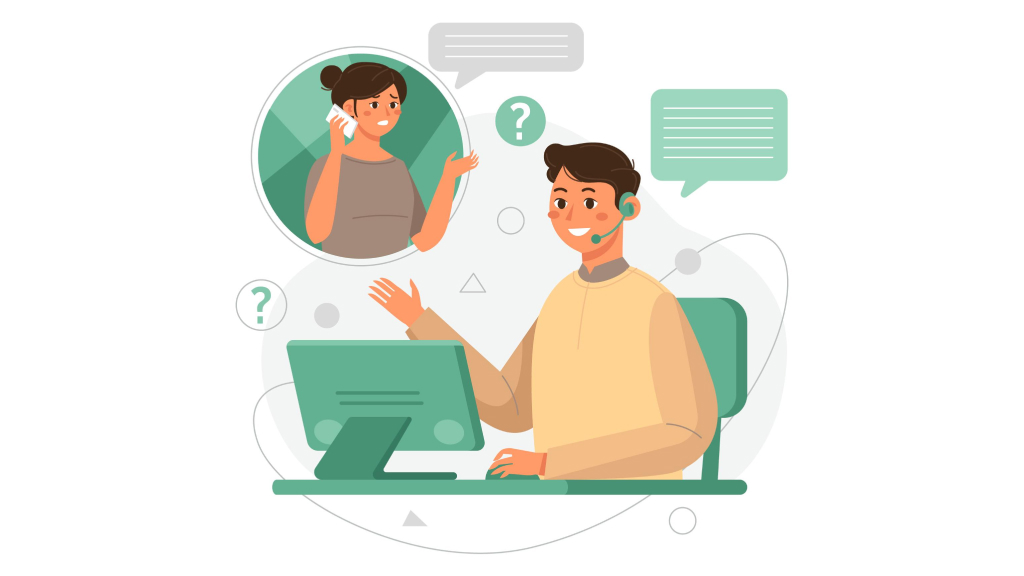
Google’s A2A protocol has the potential to significantly enhance customer service experiences by enabling seamless communication and collaboration between AI agents across different platforms and vendors. With A2A, customer service bots can instantly share information with other specialized agents, such as transaction-monitoring or fraud detection systems, allowing for faster and more accurate responses to customer inquiries.
This interconnected approach eliminates traditional silos, enabling agents to draw on real-time data and insights from across the organization, which leads to quicker issue resolution and more personalized support.
A2A also supports omnichannel experiences, allowing AI agents to maintain context as customers switch between channels like chat, email, or phone, ensuring that customers never have to repeat themselves and receive consistent service at every touchpoint. The protocol’s ability to handle complex, multi-step workflows means that routine queries can be resolved automatically, while more complex cases are seamlessly escalated to human agents with all relevant context preserved.
Additionally, A2A’s standardized data sharing and task management features improve the quality and consistency of support, while generating actionable insights for continuous improvement. By making customer service more efficient, responsive, and personalized, A2A helps businesses boost customer satisfaction, loyalty, and operational efficiency.
Can A2A Be Integrated With Existing AI Systems?
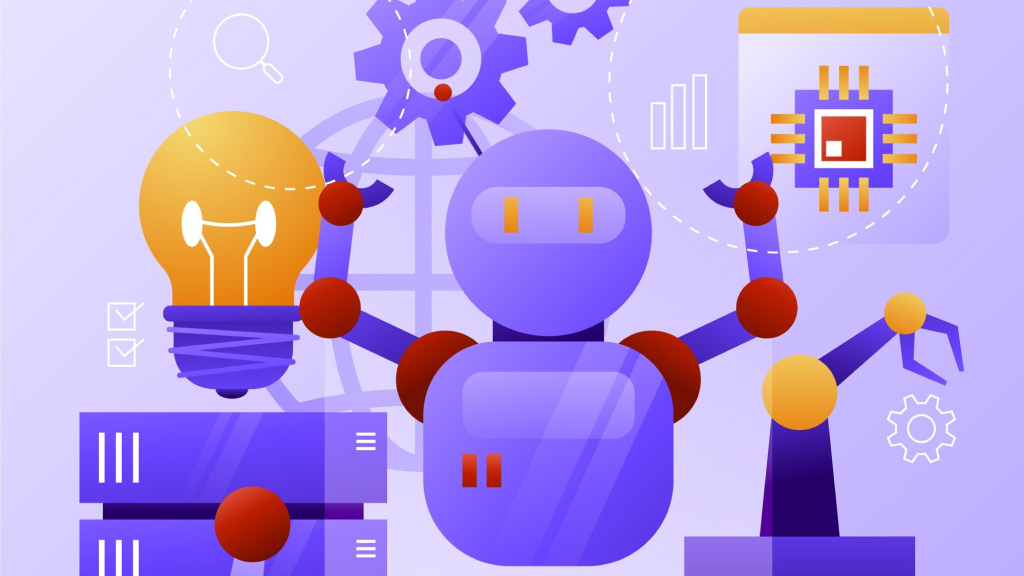
Yes, Google’s A2A protocol can be integrated with existing AI systems, making it a practical solution for organizations looking to enhance interoperability and scalability. A2A is designed to work across different platforms and technologies, allowing AI agents built by various developers or on different infrastructures-such as Google Cloud, AWS, or Microsoft Azure-to communicate seamlessly.
By using open web standards like HTTP and JSON-RPC, A2A ensures compatibility with current IT environments, so businesses do not need to overhaul their infrastructure to adopt it. Integration is further simplified by the use of Agent Cards, which let existing agents advertise their capabilities and endpoints in a standardized format, enabling automatic discovery and collaboration.
This approach eliminates the need for custom integrations, reduces development time, and allows organizations to add new agents or upgrade existing ones without significant disruption.
Robust security features, including support for OAuth and API keys, also ensure that integration with sensitive or regulated systems meets enterprise standards. As a result, A2A empowers organizations to unify and expand their AI ecosystems efficiently and securely.
How Does A2A Compare With Other Recent Internet Protocols?

Google’s A2A protocol stands out among recent internet protocols by focusing specifically on agent-to-agent communication and seamless interoperability across diverse AI ecosystems. Unlike Anthropic’s MCP, which is designed primarily to connect language models to external tools and provide rich contextual information, A2A enables independent AI agents-regardless of their framework or vendor-to discover each other, securely exchange information, and collaborate directly on complex tasks.
This is achieved through open standards like HTTP and JSON-RPC, as well as a unique discovery mechanism using Agent Cards, which are machine-readable JSON files that advertise an agent’s capabilities, endpoints, and authentication requirements. A2A’s architecture is task-oriented, supporting both synchronous and asynchronous workflows with features such as SSE for real-time updates and push notifications for long-running tasks.
Security is a core focus, with support for OAuth 2.0, API keys, and enterprise-grade role-based access control, ensuring safe and scalable deployments across organizations. In contrast, MCP uses a three-tiered architecture (host, client, server) to facilitate context injection and tool invocation, and has recently adopted OAuth 2.1 with PKCE for improved security.
While A2A and MCP serve different but complementary roles-A2A excels in orchestrating multi-agent workflows, and MCP is ideal for tool integration and context management-both protocols represent a major step toward standardizing AI communication.
A2A is particularly well-suited for enterprises seeking to connect agents from multiple providers, automate workflows, and avoid vendor lock-in, whereas MCP shines in scenarios requiring precise tool access and context-aware interactions. Ultimately, these protocols are shaping a more interoperable and collaborative AI landscape.
What Do Some of the A2A Key Partners Think About the A2A Protocol?
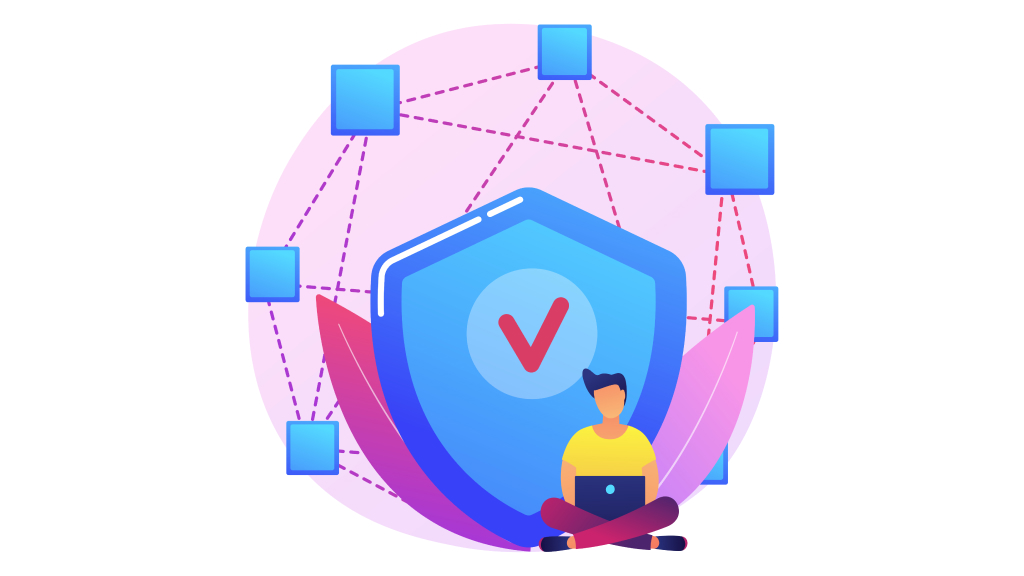
A2A has received strong endorsements from a wide range of key partners across the tech industry, reflecting broad confidence in its potential to drive agent interoperability and transform enterprise AI workflows. Microsoft, for example, has announced support for A2A in its Azure AI Foundry and Copilot Studio platforms, joining the A2A working group to contribute to the protocol’s development.
Microsoft emphasized that A2A lays the foundation for a future where agents are not confined to a single application or cloud, but can seamlessly function across workflows, models, and ecosystems, describing it as a step toward a “collaborative, observable, and inherently adaptable” software landscape.
Enterprise software leaders such as Salesforce, SAP, ServiceNow, Box, Atlassian, and MongoDB are also backing A2A, with many planning to make their agents or applications A2A-compatible. Partners consistently praise A2A for its ability to “break silos” between enterprise apps and enable scalable, cross-platform AI workflows, with consulting giants like Accenture, Deloitte, and PwC also joining the initiative to help clients integrate agents across complex enterprise environments.
C3 AI’s CTO, Nikhil Krishnan, highlighted that A2A will enable reliable and secure agent specialization and coordination, empowering companies to deliver products and services faster and focus engineering efforts on innovation and value.
Overall, partners see A2A as a critical step toward universal agent interoperability, enabling agents from different vendors and frameworks to collaborate securely and efficiently, and positioning it as an emerging industry standard for multi-agent AI systems.
The Future of Agent Interoperability
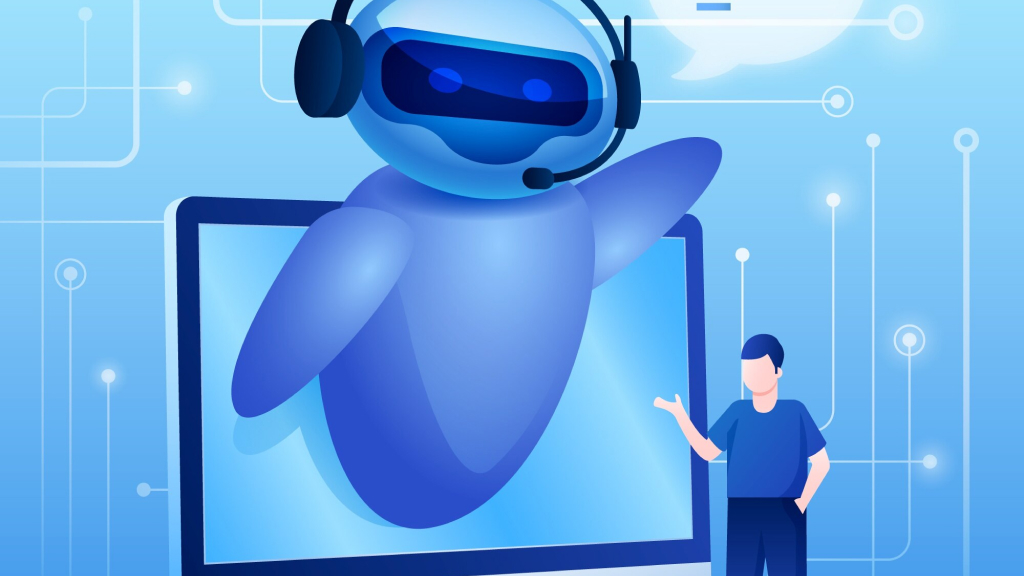
The future of agent interoperability is poised to transform the way organizations and individuals leverage AI. As AI agents become more autonomous, capable of reasoning, memory, and collaboration, the demand for seamless communication across diverse platforms and vendors is accelerating. Google’s A2A protocol exemplifies this shift, providing an open, standardized framework that allows agents to securely exchange information, coordinate actions, and work together across enterprise environments, breaking down the traditional silos of vendor-specific solutions.
This new era of interoperability will enable businesses to orchestrate end-to-end processes, automate complex workflows, and unlock innovation across sectors such as healthcare, finance, logistics, and security. Specialized agents will be able to connect with tools, APIs, and other agents, fostering hyper-personalized experiences and real-time collaboration. As more industry leaders adopt open standards like A2A, organizations will avoid vendor lock-in and gain the flexibility to build custom AI ecosystems tailored to their unique needs.
Looking ahead, agent interoperability will not only streamline operations and reduce costs but also redefine human-machine collaboration, empowering users with actionable insights while maintaining strong security and regulatory compliance. As the technology matures, interoperable agents will become foundational to digital transformation, driving efficiency, innovation, and a more connected, intelligent future.
Real-World Example
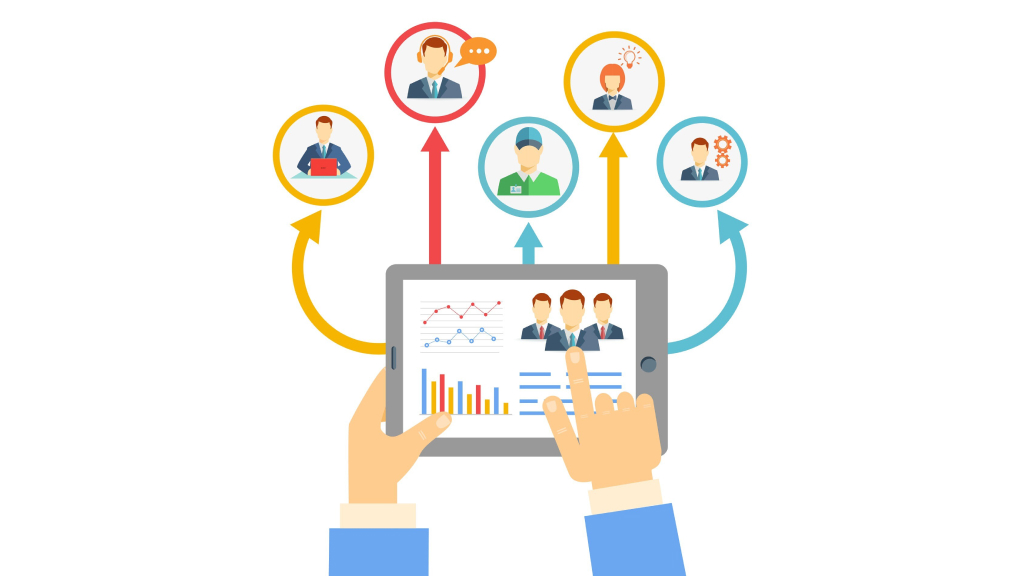
A real-world example of Google’s A2A protocol in action is the candidate sourcing workflow used in recruitment. Traditionally, hiring involved multiple manual steps and disconnected tools, but with A2A, specialized AI agents can collaborate seamlessly. For instance, a sourcing agent first shortlists profiles based on a job description. Once suitable candidates are identified, an interview scheduling agent automatically arranges interviews at preferred times, and a follow-up agent sends interview details and updates about selected candidates.
Each agent operates independently but communicates through the standardized A2A protocol, exchanging structured messages and artifacts. This automation reduces what was once 72 hours of manual work to just minutes, while allowing new agents, such as one for background checks or advanced forecasting, to be easily integrated into the workflow by simply registering them within the system.
The result is a modular, scalable, and efficient recruitment process where agents discover each other’s capabilities, coordinate actions, and keep all stakeholders updated without the need for custom integrations or manual intervention.
Challenges Associated With Implementing A2A
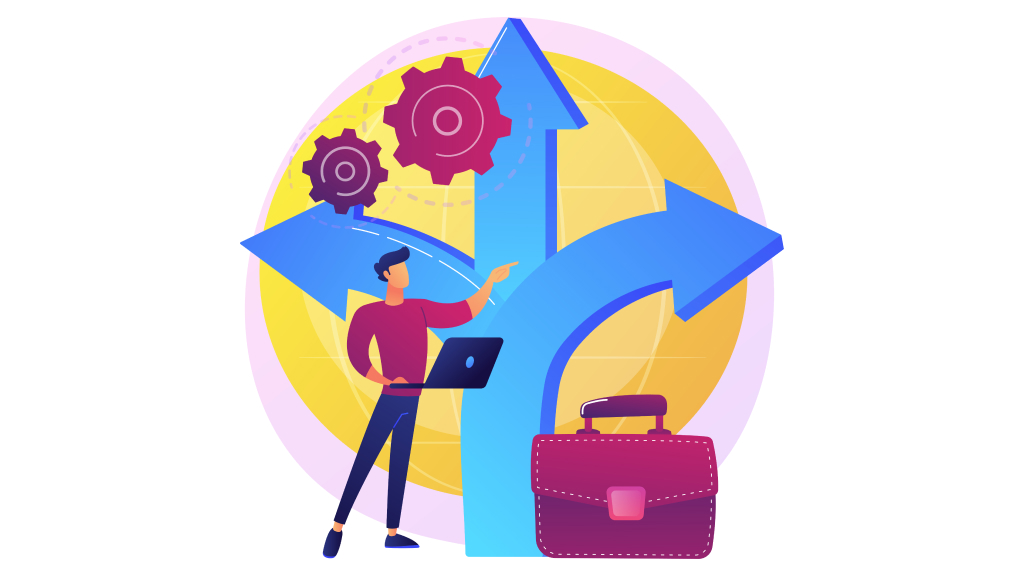
Implementing A2A brings significant promise for AI interoperability, but it also introduces several challenges that organizations must address.
-
Adoption Curve
For A2A to deliver its full benefits, multiple agents within an ecosystem must adhere to the protocol. If some agents continue using proprietary or incompatible communication methods, organizations are forced to build and maintain manual bridges, undermining the goal of seamless interoperability.
-
Protocol Fragmentation
As A2A evolves, different agents may support different protocol versions, leading to compatibility issues and complicating system upgrades or integrations.
-
Governance Issues
Questions remain about who will steer the protocol’s evolution, whether it will remain community-driven or become dominated by a single entity.
-
Scalability
A2A’s current reliance on direct, point-to-point connections between agents can result in a complex web of integrations as the number of agents grows. This can lead to brittle systems, tight coupling, and difficulties in coordinating multi-agent workflows at scale.
-
Security and Trust
Agents acting on behalf of users or organizations must ensure robust authentication, authorization, and auditing. Achieving true interoperability requires not just standardized message formats but also shared semantic understanding, effective conflict resolution mechanisms, and careful management of protocol evolution to maintain backward compatibility.
Despite these challenges, A2A’s open, community-driven approach and strong industry support position it well to address these issues as the protocol matures.
